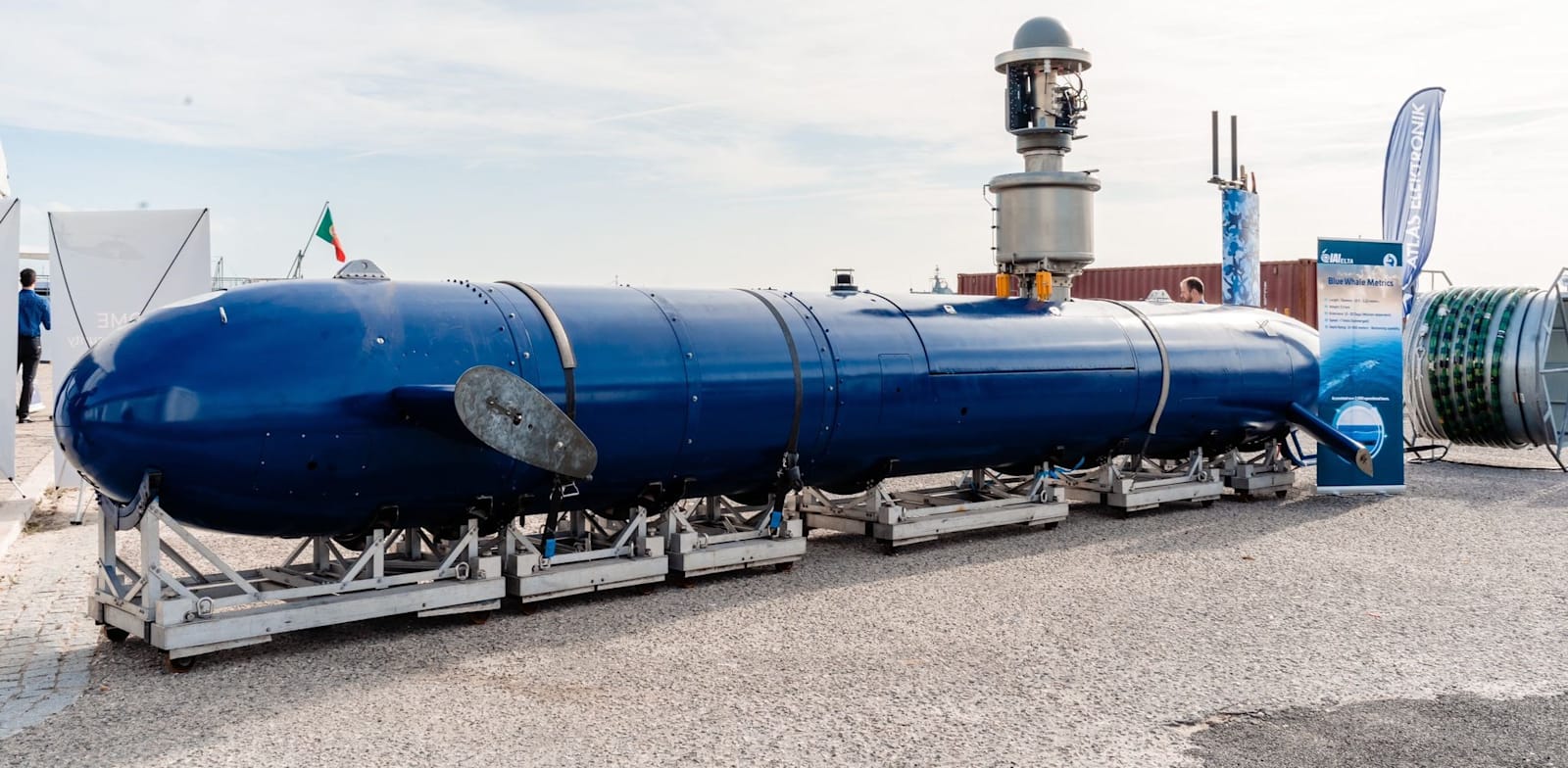Israel is investing in the development of new underwater vessel capabilities against Iran. This is reported on the ZM website. According to the report, some of the systems are working, some are being tested, and one of the most prominent means is the unmanned submarine produced by the Aerospace Industry, BlueWhale. The tool was developed in the Elta division of the Israeli company.
About a week and a half before the October 7 attack, the Aerospace Industry and the German company Atlas Electronics presented BlueWhale in the Repmus exercise, which concerns the examination of unmanned naval systems in an operational environment. It was a presentation of the measure in front of about 200 academics, defense industries and armies from 30 countries. The Israeli-German cooperation enables the collection of intelligence information through a telescopic mast that emerges from the water during diving (similar to a submarine’s periscope), on which radar and electro-optical systems are installed to detect targets at sea and on shore.
Through the satellite communication antennas on the mast, the information collected in real time is transmitted to the dedicated command posts, which can be located anywhere in the world, both at sea and on shore. The detection of submarines and the collection of acoustic intelligence information is carried out using a sonar tens of meters long, which is installed on both sides of the submarine. According to the assessment of the VMR research institute, the market for military unmanned submarines is expected to grow from approximately 3.4 billion dollars in 2021 to approximately 8 billion dollars in 2030.
According to the publication, BlueWhale is intended to be a significant means against Iran, which is expanding its activities in the maritime environment. Iran operates two different naval forces: the Iranian navy which is associated with the Iranian army, and the navy of the Revolutionary Guards. Each of these forces has different responsibilities. Iran’s navy relies on the Caspian Sea and the Gulf of Oman, i.e. the open sea. While the Revolutionary Guards’ navy is responsible for controlling the Persian Gulf and the Strait of Hormuz, through which about 30% of the world’s oil trade passes.
Despite the differentiation between the Iranian navies “on paper”, the goal of both is to help advance the interests of the regime. This is why Tehran finances the salaries of 18,000 soldiers in the Iranian navy and about 20,000 more in the Revolutionary Guards’ fleet. In an attempt to expand the ranks, the Revolutionary Guards established at the end of 2023 the Maritime Basij, a volunteer guard that will include, according to Tehran, about 55,000 men on about 33,000 vessels.
For your attention: The Globes system strives for a diverse, relevant and respectful discourse in accordance with the code of ethics that appears in the trust report according to which we operate. Expressions of violence, racism, incitement or any other inappropriate discourse are filtered out automatically and will not be published on the website.
